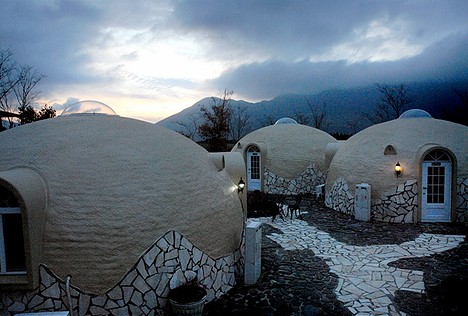
Styrofoam dome houses at Aso Farm Land (Photo by: Erika Snyder)
While styrofoam may be most commonly associated with disposable coffee cups, meat trays and packaging, prefab home manufacturer Japan Dome House Co., Ltd. uses it to construct easy-to-assemble modular kit homes.
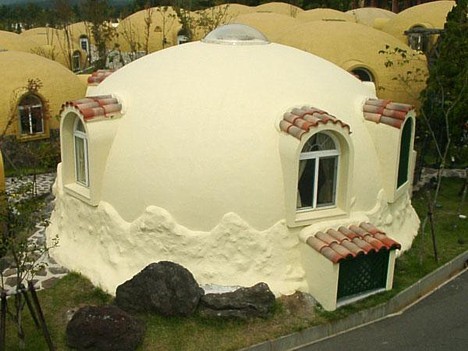
Dubbed the "habitat for the 21st century," the Dome House is an igloo-shaped structure built from snap-together wall sections made of 100% expanded polystyrene foam (styrofoam). It might seem like an odd choice of material for a house, but the company lists a number of advantages that styrofoam has over traditional materials. Unlike wood and metal structures, for example, the styrofoam Dome House does not rust, rot or attract termites. It is also highly resistant to earthquakes and typhoons. In addition, the walls, which are treated with a flame retardant, emit no toxic fumes in a fire.
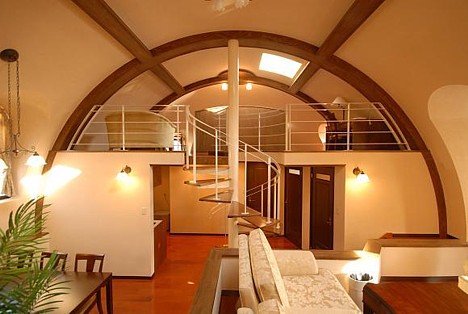
Dome House interior
The styrofoam used in the Dome House's 175-millimeter (7 in) thick walls is significantly denser and stronger than ordinary packing foam. The material has excellent thermal insulation properties, resulting in higher energy efficiency and lower heating and cooling costs.
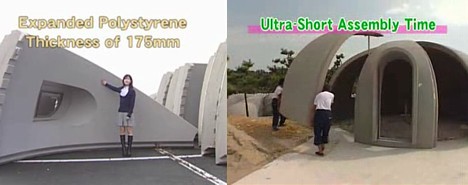
Construction of the Dome House shell is quick and easy. The prefabricated pieces, which each weigh about 80 kilograms (175 lbs), can be carried by 2 or 3 people and assembled in a few hours. Once the shell is put together, coats of mortar and paint are applied for further protection from the elements. (Watch a short video of the assembly process.)
Measuring 7.7 meters (25 ft) wide and 3.85 meters (13 ft) tall, the basic Dome House has a floor space of 44.2 square meters (475 sq ft). It is possible to construct larger, elongated domes by adding more pieces, and joint units allow multiple domes to be connected into a single structure.
Dome Houses, which are approved by Japan's Land and Transport Ministry, can be erected anywhere in Japan with the proper permit. According to the manufacturer, the versatile structures are suitable for use as hotel rooms, restaurants, freezer rooms, or even as hog farms.
The Aso Farm Land resort village in Kyushu uses about 480 styrofoam domes as lodging, recreational facilities and retail shops.
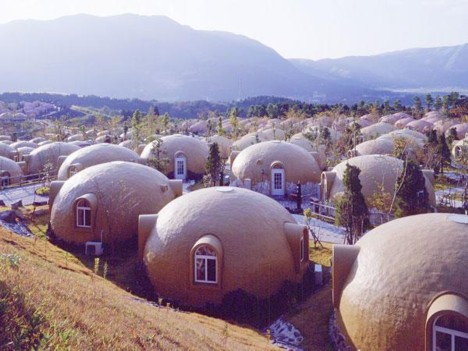
Aso Farm Land
The Dome House can also be used as a bar, karaoke room, steam room, and more.
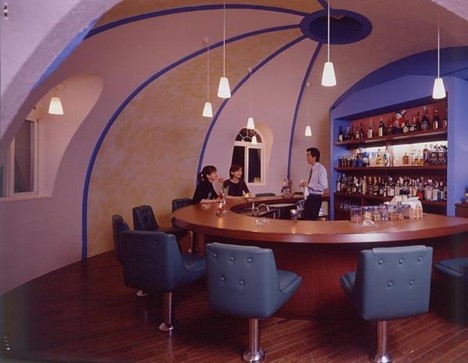
Styrofoam dome bar
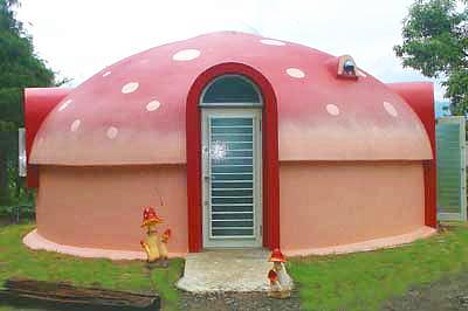
Mushroom House karaoke room at Suijin-no-mori hot spring (Oita prefecture)
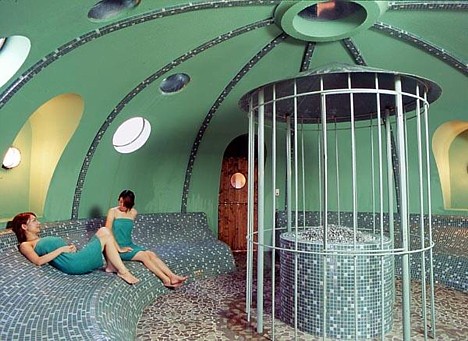
Styrofoam dome steam room
Whether or not this type of home is truly "perfect for the modern age" as the company suggests, the price is right. Dome House kits start at around 3 million yen (under $30,000), which does not include the cost of transport, assembly, interior construction, etc.
[Link: Japan Dome House]

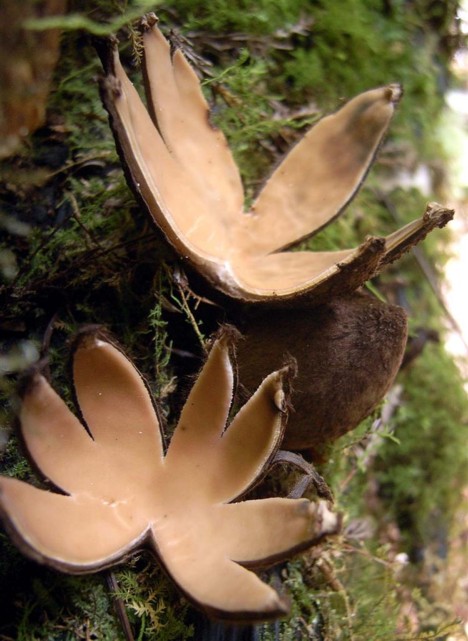
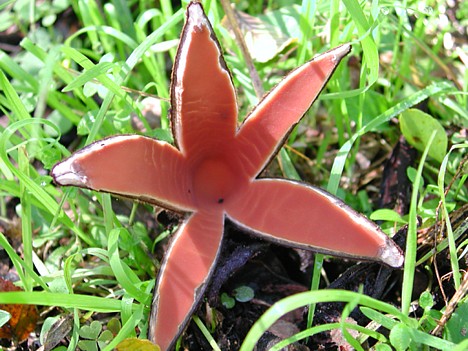
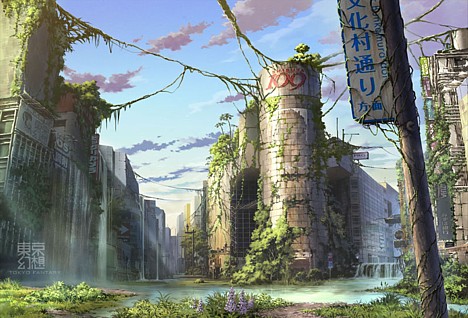
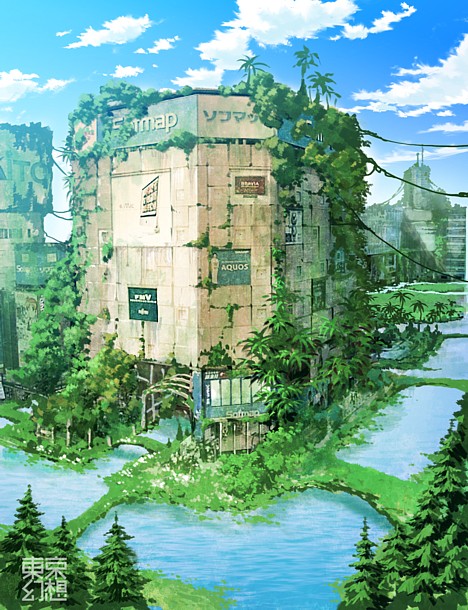
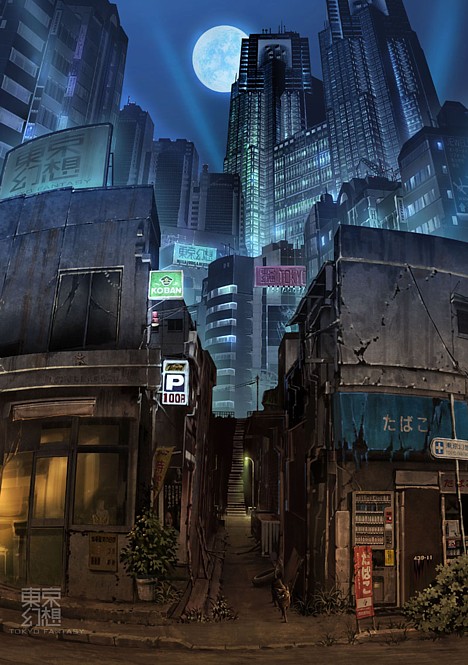
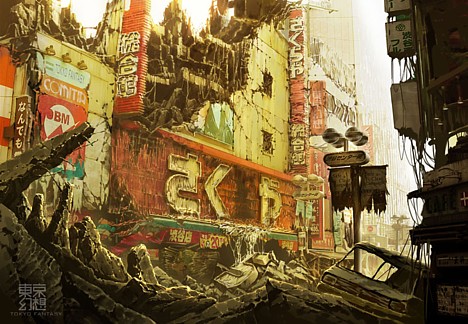
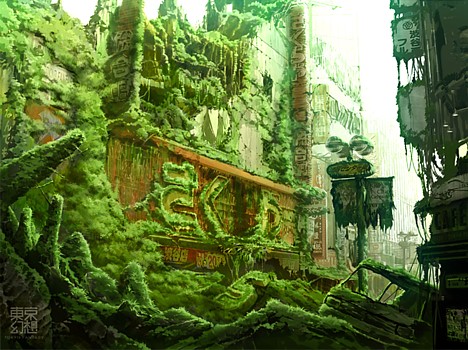
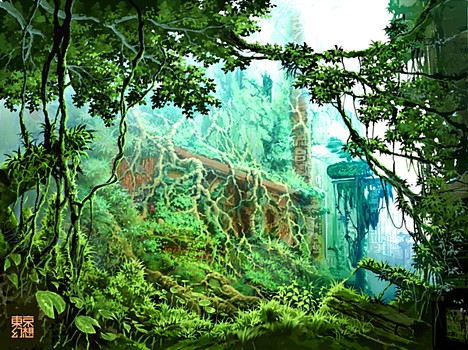
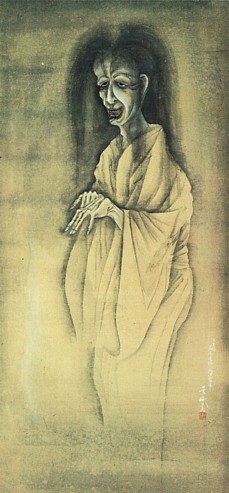
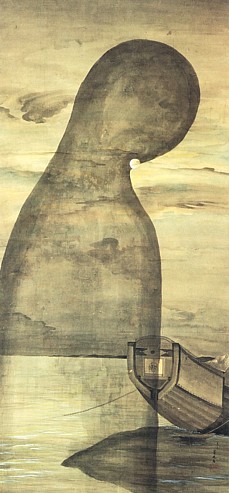
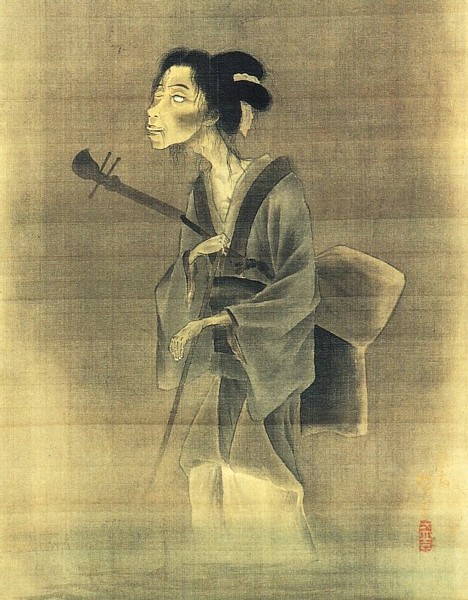
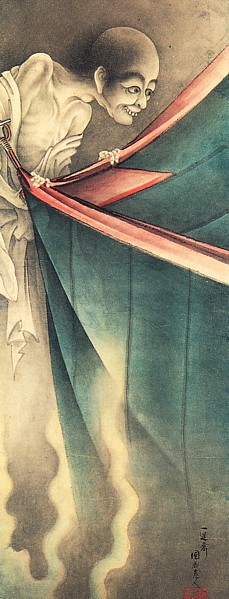
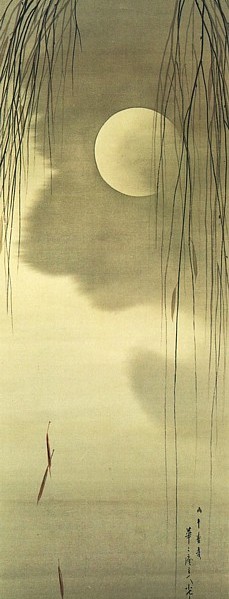
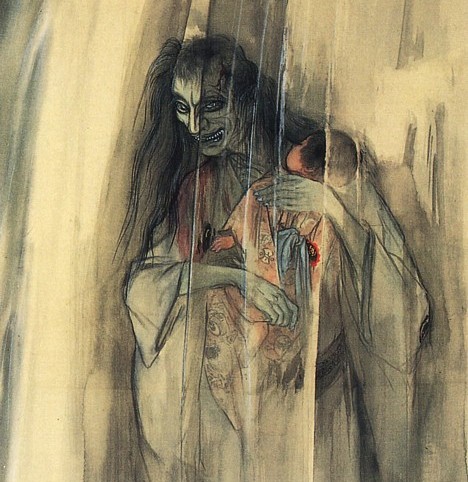
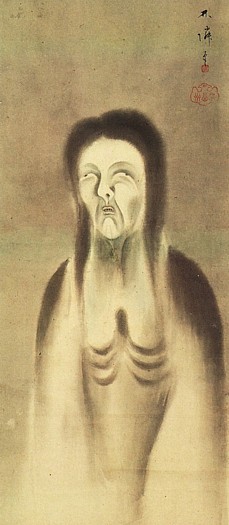
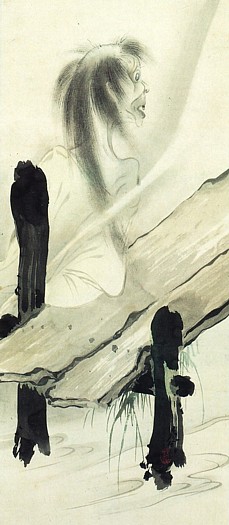
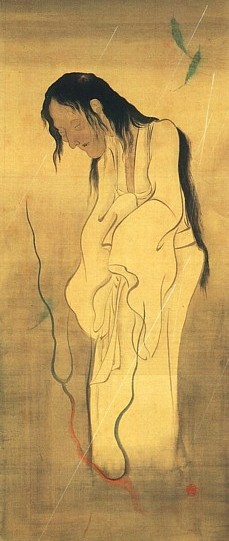
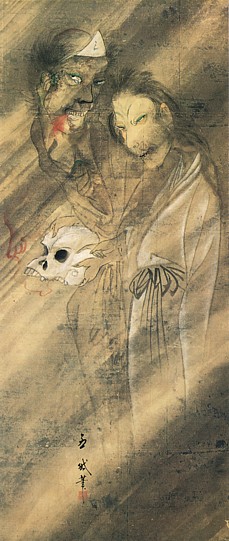
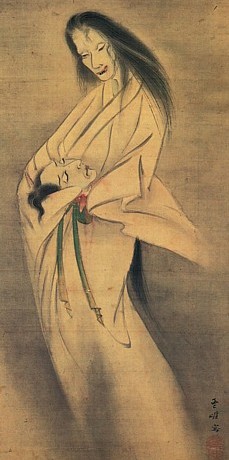
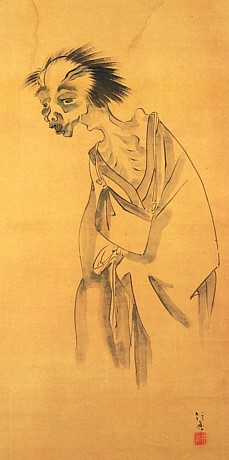
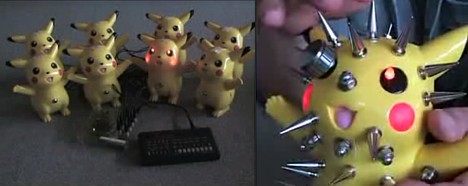
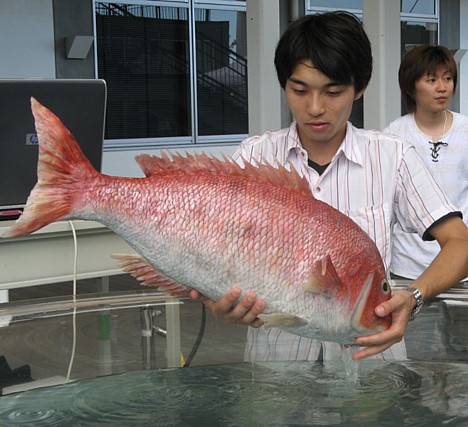

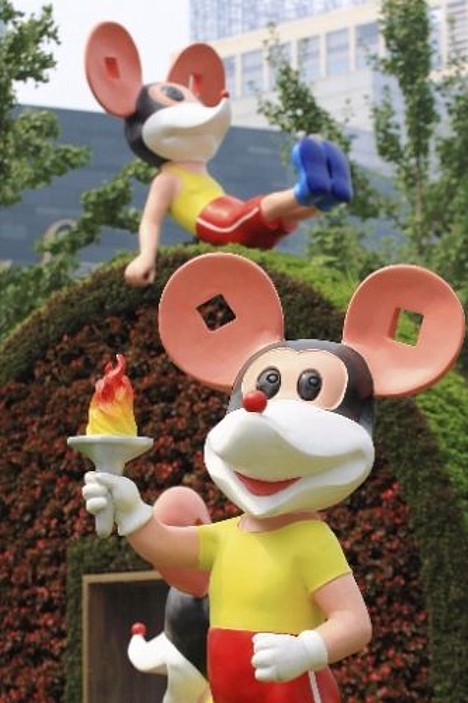
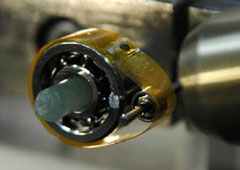 A research team led by professor Tomiki Ikeda at the Tokyo Institute of Technology has developed what is being called the world's first plastic motor powered solely and directly by light.
A research team led by professor Tomiki Ikeda at the Tokyo Institute of Technology has developed what is being called the world's first plastic motor powered solely and directly by light.